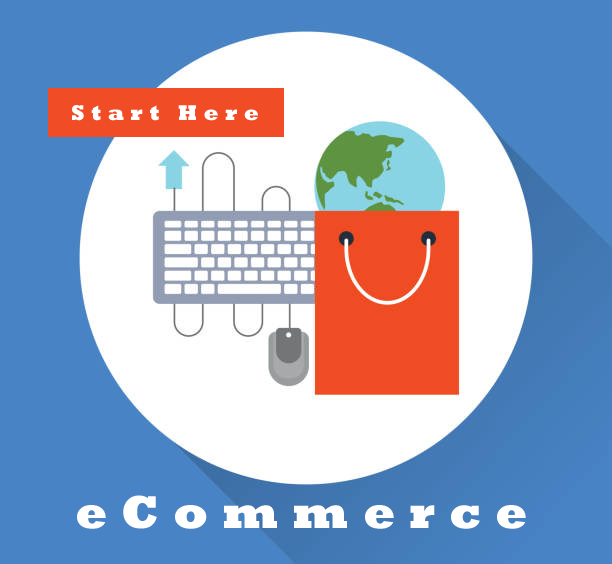How to Start a Successful eCommerce Store
One of the questions prospective eCommerce sellers ask most often is: “Where do I start?” It’s a broad question, and many are prepared to be overwhelmed by a complex and detailed answer. Starting an eCommerce store will indeed require an investment of time. But more importantly, to start a successful eCommerce store, you must be protective of your time by pursuing worthwhile avenues exclusively. It isn’t easy, but it is simple. Follow along as we demystify the formula for a thriving online business.
Will Your Product Succeed?
First and foremost, there must be a demand for your product. This is where many entrepreneurs fall short: their product or service looks good on paper, but they fail to determine whether there’s really a buying market for it. It can be painful to accept the fact that an idea or product you truly believed in won’t resonate with consumers. Yet, the sooner you’re able to identify this, the sooner you’ll be able to move onto endeavors that will succeed.
Thankfully, there are many business owners and entrepreneurs who have failed – and learned from their mistakes – so you don’t have to. Cumulative findings show that in order to succeed with a product or service, you must be able to answer affirmatively to each of the following questions:
- Is there presently a demand for the product or service? How can you tell?
- Are there any existing competitors?
- Are there individuals who are ready and willing to pay for this solution immediately?
Let’s take a closer look at how analyzing these questions can help you start a successful eCommerce store.
Determine Whether There’s a Demand
For starters, the need for your product or service has to be significant enough that people are actively searching for a solution to a problem. The best way to gauge interest is to explore inner circles of individuals who would use your product. Facebook groups, Reddit pages, and other forums are useful for identifying whether there’s a real audience (besides yourself and the people you know) who have a problem you could solve. If there are people expressing a clear need for a solution, you’ve just identified your list of prospects to whom you can reach out directly.
Assess the Competition
Here’s another mistake many entrepreneurs make when first starting out: they fall under the assumption that little to no competition is a good indicator of a lucrative business endeavor. In reality, you want to be able to identify some competitors in your niche. This suggests there’s room for your business, too!
If you can’t identify any competitors, it’s time to dig deeper and find out why. Did others try the idea and fail? If so, where did they go wrong? Or, is there a similar product out there that’s lacking a key component you could provide? Even if you can’t pinpoint competitors in your precise niche, finding those who provide similar offerings suggests there’s a business opportunity, and that might just be the sweet spot on which you can capitalize.

Find People Willing to Pay
Lastly, but most importantly, you must have an interested group willing to pay for your product. This is the most crucial components of all, because without paying customers, you’re wasting your time.
There are two options for targeting a paying customer base when first starting out: You can pre-sell products before they’re available, or offer a scaled-down initial version (the minimum viable product, or MVP). In the first option, you’re essentially asking people to prepay for an item or service they haven’t yet received. If you’re able to so successfully, this is the best indication of a product that can deliver real value. It also enables you to quickly determine whether there is legitimate interest before investing any more time or money into your business. With that said, either option has potential.
Regardless of which approach you decide to take, the next step is to revisit your list of prospects. Reach out to them, offering either the presell of your product or the MVP. Once you’ve delivered your product to your beta testers, encourage them to give feedback so you can refine your product.
Armed with the feedback from your initial customers, you can begin to build your eCommerce store, offering incentives to help grow your customer base such as discounts for the first 100 customers and free demos of your product. You could also connect with bloggers in your niche and explore advertising options such as Facebook retargeting to further drive traffic to your store.
As you can see, starting a successful eCommerce business is less about actually building your store than it is verifying the sustainability of your business idea. Once you have that, everything else – including your company name, logo, and website – is just a matter of putting details into place.

